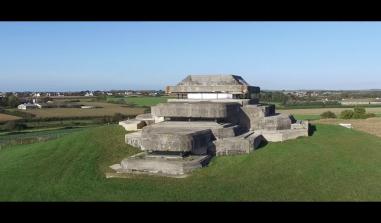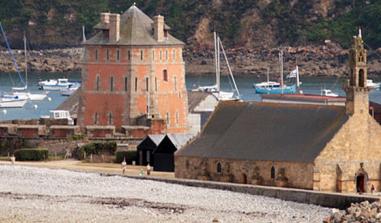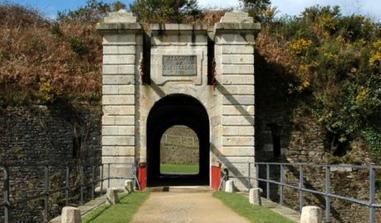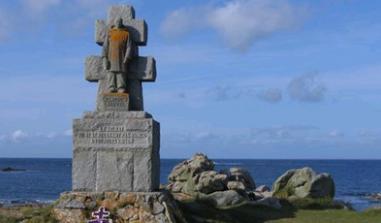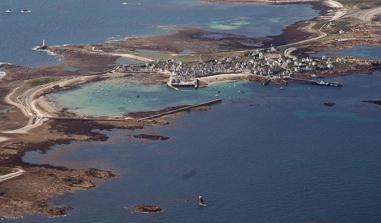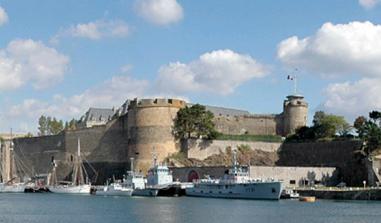The Fort of the Bull

Château du Taureau dans la baie de Morlaix. Photo : Bulo78
A splendid citadel standing on an island in the Bay of Morlaix, in Finistère, and a chateau with an unusual story spanning back over four centuries.
The Fort of the Bull (Fort du Taureau) is a splendid citadel on an island in the Bay of Morlaix, in French Finistère. Its unusual tale spans back over four centuries. Building work began circa 1542 to protect Morlaix and its people from pillaging assailants. Back in 1522, the English had sailed up the Dossen river to the estuary by Morlaix to loot the town. They were finally expelled by the town's people, who decided to fund and build this fort on the estuary's mouth to forestall future attacks, twenty years later. Until Louix XIII's reign, fort governors were ennobled ex-officio (and Morlaix's townsmen understandably vied fiercely for the job). The wall shielding that original fort was 6.50 metres high (the one you see today is twice as high).
In 1661, however, Louis XIV decreed that the fort was to become crown property, turned it into a State prison, and set up a garrison there. However, in those belligerent days, Brittany was in a valuable strategic position (it was near England). Accordingly, Vauban, a military engineer, decided to strengthen the fort in 1680. It was completely rebuilt (except for the Tour Française) into a larger and sturdier stronghold. The building was mostly made of granite from Callot, a neighbouring island. It is practically the same shape and size as the island: it is oblong, 60 long, and 12 metres wide. The walls are 12 metres high and the buildings span 1,450 sq m. There are 11 pillboxes, each of which can house a cannon. The fort also counts soldier and officer quarters, two dungeons, a mess, a kitchen, a chapel and latrines.
However, before rebuilding work was completed - and owing to Morlaix's gradual decline in prominence - this fortress was turned into a prison in 1721. Louis Auguste Blanqui, a well-known communard, was its last inmate until his release in 1871. The fort was disarmed in 1890 and became an historical monument in 1914. The Vilmorin family spent their summer holidays there in the 1930s and it housed a sailing school from the 1960s until 1980.
The fort's state of disrepair prompted local and central-government authorities to start restoration work in 1998. The chateau was transferred to the public realm in 2004.
1542: The first fort was funded and built by the people of Morlaix. 1689: Vauban, France's foremost military engineer in his day, visited the fort for the first time. 1745: Reconstruction work ended. 1871: Communard Louis-Auguste Blanqui, the fort's last prisoner, was released. 1890: The fort was disarmed. 1914: The chateau was listed as an Historical Monument. 1930: Mélanie de Vilmorin rented the chateau for family holidays through 1937. 1982: The sailing school founded in 1960 closed down.
Tourist Offices (enquiries) Carantec: +33 (0) 298.670.043 Booking tickets +33 (0) 298.622.973 Morlaix: +33 (0) 298.621.494 e-mail: Tourisme@morlaix.cci.fr Plougasnou Saint-Jean-du-Doigt Plouezoc'h: +33 (0) 298.673.188
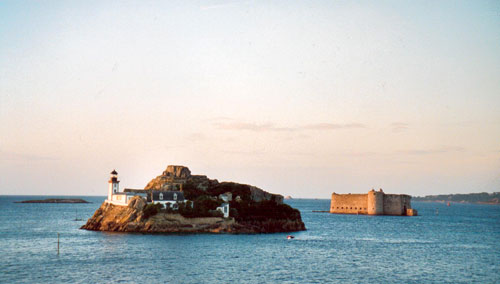
The fort from the coast. Source: photo by Vincent Konsler
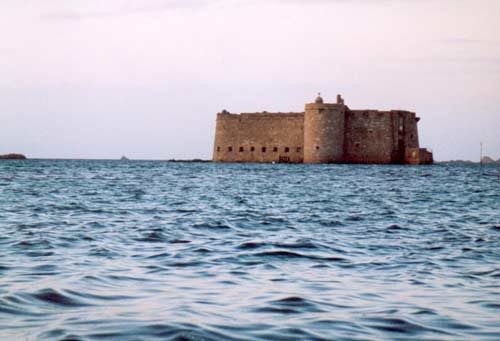
The Fort of the Bull (Fort du Taureau). Source: Vincent Konsler
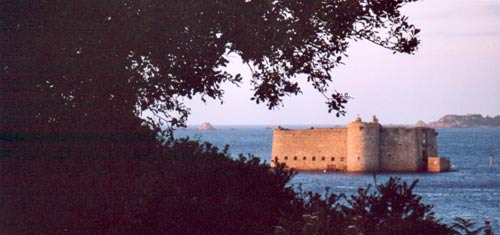
The fort through surrounding vegetation. Source: Photo by Vincent Konsler
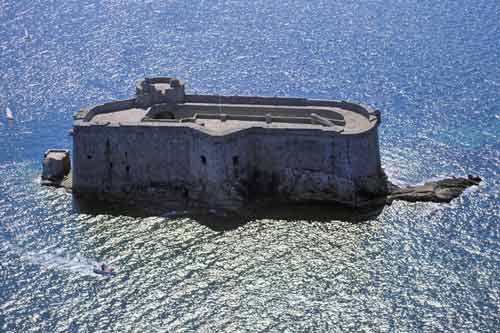
The Fort of the Bull (Fort du Taureau), Finistère. Source: photo ECPAD
Practical information
29600
Morlaix
02 98 62 29 73




